CBT stands for cognitive behavioral therapy. This is a type of talk therapy that helps individuals make sense of their problems by breaking them into smaller and more manageable chunks. Since one of CBT’s main goals is to help people recognize and replace their negative thinking patterns with more positive patterns, it’s been beneficial in treating several conditions. These are just a few of the conditions that CBT is known to help with:
- Anxiety disorders
- Bipolar disorder
- Eating disorders
- Obsessive-compulsive disorder (OCD)
- Post-traumatic stress disorder (PTSD)
- Substance use and abuse
Now that you know a little bit more about CBT therapy, let’s learn more about what you can expect in CBT therapy.
What to Expect in CBT Therapy

CBT is typically broken up into different stages.
1. Initial Assessment
Like other types of therapy, you must first have an initial assessment with a therapist. During this stage, you’ll work with your therapist to go over your history as well as any negative thought patterns you may be having. Your therapist will also take notes of your thinking patterns, beliefs, and how you process information to create a more customized and personalized treatment plan for you and your needs.
2. Replace Negative Thinking Patterns
During the second stage of CBT, your therapist will help you work towards replacing those negative thinking patterns with more positive ones. Since this is an early stage of the treatment, it’s really an introductory stage to initially understanding and applying these new concepts into the therapy sessions and outside of the therapy sessions. Your therapist may even encourage you to keep track of certain life events and your reactions to them outside your therapy sessions.
3. Adjusting to the New Thinking Patterns
After replacing the negative thinking patterns with more positive ones, the action becomes more easy with time and practice. During this stage of treatment, patients usually see and struggle with fewer signs and symptoms as they slowly adjust to their new way of thinking.
4. Applying the New Thinking Patterns
During the fourth stage of treatment, patients will work towards applying positive thinking patterns to their day-to-day life and specifically negative or stressful life events. This is a huge stage for someone going through CBT. It shows they are becoming more comfortable with this new positive way of thinking.
5. Maintenance
After adjusting to the new thinking patterns, the client has become more comfortable and confident with how they face different events in their daily life and routines. The maintenance stage shows they are willing and able to apply their new thinking patterns. with little to no fear of returning to their old ways of thinking.
6. Follow-Up
The last stage of CBT is the follow-up. While the CBT therapy may be over, a therapist will continue to check in with their client for several follow-up appointments. They will work together to ensure that the skills taught are still being applied. Over time, a client can choose whether they’d like to continue attending therapy or choose to end the sessions.
Next Steps
CBT is one of the most common and well-known types of talk therapies. If you struggle with negative thinking patterns occasionally, you’re not alone. No one sees life as sunshine and rainbows 24 hours a day, 7 days a week. Life is filled with positives and negatives.
Are negative thinking patterns affecting your daily life and routine? Working with a licensed and trained mental health professional or life coach can help you reframe your way of thinking. Reach out today to see if cognitive behavioral therapy is an option for you and your needs.
About the author(s)
Karen is the founder and Clinical Director of Cohesive Therapy NYC. She earned a Masters in Social Work from New York University and has extensive training in Hypnosis, Anxiety, Cognitive Behavioral Therapy, Brainspotting, and DGBI. She is a member of the Institute of Certified Anxiety Treatment Professionals, The Rome Foundation, the National Association of Social Workers, The Crohn's and Colitis Foundation, and the American Social of Clinical Hypnosis.

